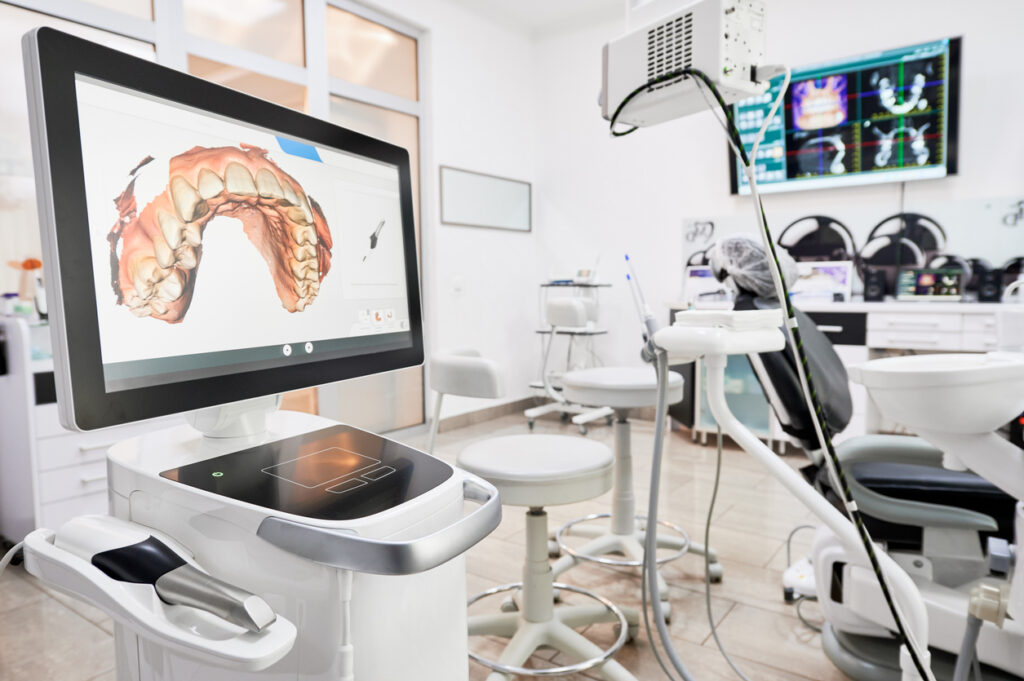Orthodontics has witnessed a remarkable transformation over the decades, evolving from the basic designs of traditional metal braces to the sophisticated, patient-centric solutions of today. These advancements have revolutionized how we achieve straighter teeth and healthier smiles. For many, the journey to a perfect smile is now more comfortable, less invasive, and tailored to individual needs.
The Foundation: Traditional Metal Braces
Traditional metal braces have long been the backbone of orthodontic treatment. Introduced in the early 20th century, these braces consist of metal brackets bonded to the teeth and connected by wires. Orthodontists adjust the wires periodically to gradually shift teeth into their desired positions.
While highly effective, traditional braces are not without challenges:
- Aesthetics: The metallic appearance often made patients self-conscious.
- Comfort: The brackets and wires could cause irritation to the inner cheeks and gums.
- Maintenance: Regular cleaning was crucial, yet tricky, requiring diligent care to prevent plaque buildup around the brackets.
Despite these drawbacks, metal braces proved to be a reliable solution for correcting even the most complex orthodontic cases.
Innovations in Braces: Meeting Aesthetic Demands
As patient preferences shifted toward more discreet options, orthodontics responded with innovations such as:
- Ceramic Braces: These function like metal braces but use tooth-colored or clear brackets for a more natural appearance.
- Lingual Braces: Placed on the backside of the teeth, these braces are completely hidden from view but require specialized expertise.
- Self-Ligating Braces: These use a built-in mechanism to hold the wire in place, reducing the need for rubber bands and decreasing treatment times.
These advancements addressed many of the concerns associated with traditional braces, offering patients more choices suited to their lifestyles.
Clear Aligners: A Game-Changer in Orthodontics
Clear aligners, such as Invisalign, represent a paradigm shift in orthodontic care. Unlike braces, aligners are custom-made trays of BPA-free plastic designed to fit snugly over teeth. Patients switch to a new set of aligners every few weeks, each one gradually moving teeth closer to their final positions.
Advantages of Clear Aligners:
- Discreet Appearance: Aligners are virtually invisible, making them a popular choice for adults and teens.
- Comfort: With no brackets or wires, aligners minimize irritation.
- Convenience: Aligners can be removed for eating, brushing, and flossing, allowing patients to maintain their oral hygiene routines.
- Efficiency: Advanced 3D imaging and digital planning enable precise, predictable results.
The Role of Technology
Technological advancements have driven the success of modern orthodontic treatments. Tools such as 3D scanners, CAD/CAM software, and AI-powered treatment planning allow orthodontists to create highly customized treatment plans. These innovations ensure that patients receive care tailored to their unique needs and goals.

The Future of Orthodontics
The future holds even more exciting possibilities, including:
- 3D Printing: Faster and more cost-effective production of aligners and retainers.
- Biomaterials: New materials that promote tooth movement while minimizing discomfort.
- AI Diagnostics: Enhanced accuracy in detecting and planning treatments for complex cases.
At Level Orthodontics, we’re committed to staying at the forefront of these advancements. Our team embraces the latest technologies to ensure our patients enjoy the best orthodontic experience possible.
Take the First Step Today
If you’re considering orthodontic treatment, let us guide you toward a solution that meets your unique needs. Whether it’s traditional braces, ceramic options, or clear aligners, we’re here to help you achieve a confident, radiant smile.
